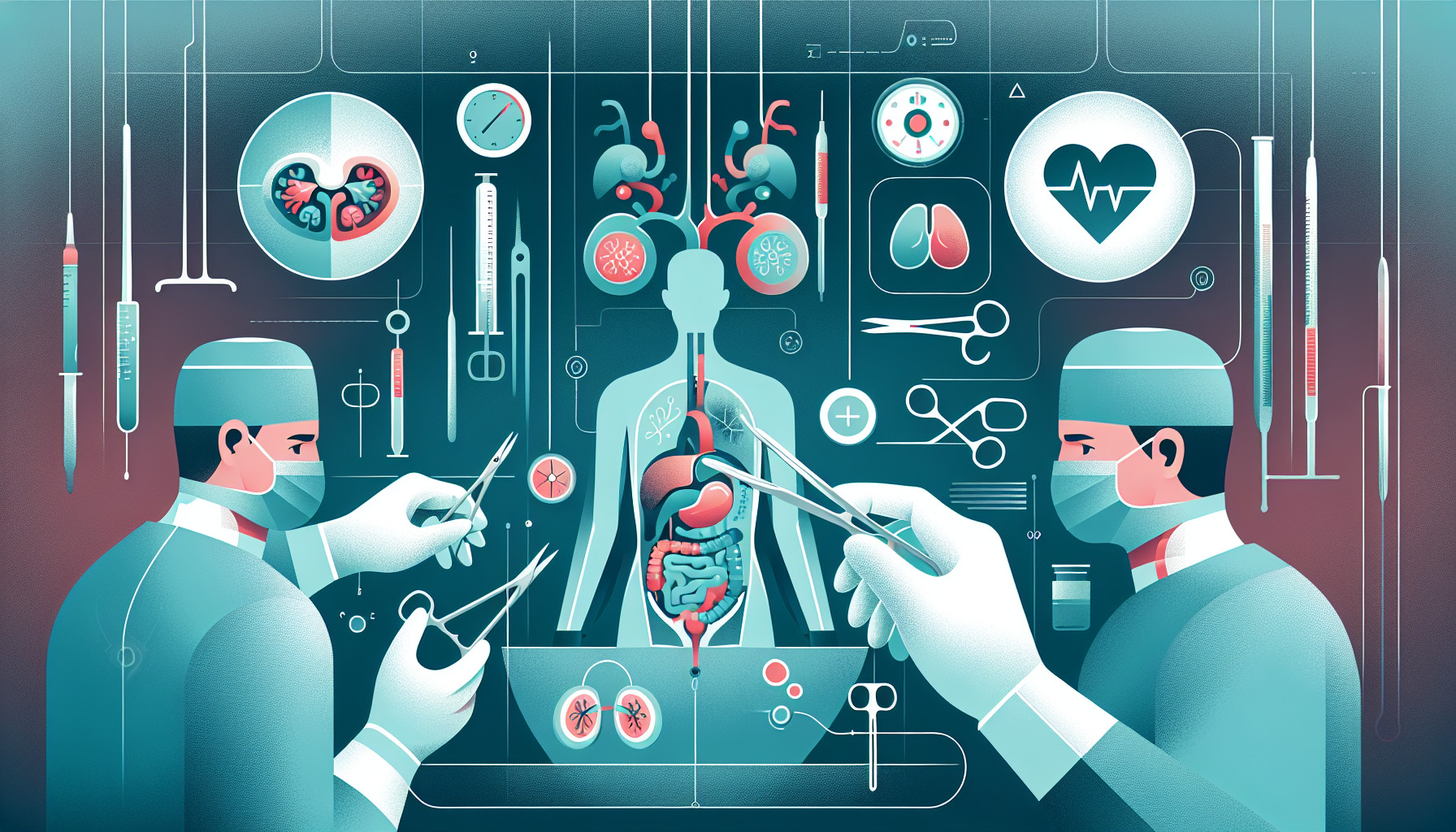Our Summary
The paper discusses a condition known as congenital hydronephrosis, a condition where a kidney becomes swollen due to urine not properly draining out from the kidney to the bladder. This condition often happens in children and is usually caused by a blockage at the ureteropelvic junction, the point where the kidney connects to the tube that carries urine to the bladder. While most cases can be managed with regular monitoring and imaging, some patients may need surgery if their kidney function worsens, they get infections, or they have symptoms. The paper suggests more research is needed to predict which patients will need surgery. It also discusses how robotic-assisted surgery is being used more often for this condition, which has benefits like shorter hospital stays, high success rate, and low chance of complications.
FAQs
- What is the Urinary Tract Dilation consensus scoring system?
- What is ureteropelvic junction obstruction and how does it relate to hydronephrosis in children?
- How is robotic-assisted pyeloplasty beneficial in treating hydronephrosis?
Doctor’s Tip
One helpful tip a doctor might tell a patient about pediatric urologic reconstruction is to ensure proper hydration before and after surgery to help promote healing and prevent complications. Additionally, following the recommended post-operative care instructions, such as avoiding strenuous activities and taking prescribed medications as directed, is crucial for a successful recovery. Regular follow-up appointments with the urologist are also important to monitor progress and address any concerns.
Suitable For
Patients who are recommended for pediatric urologic reconstruction typically have congenital hydronephrosis, specifically caused by conditions such as ureteropelvic junction obstruction. These patients may have renal function deterioration, infections, or symptoms that necessitate surgical repair. It is important to accurately identify surgical candidates through predictive algorithms or noninvasive biomarkers to ensure that appropriate patients receive the necessary intervention. Robotic-assisted pyeloplasty is a common approach for surgical repair, as it has been associated with shorter hospital stays, high success rates, and low complication rates.
Timeline
Before pediatric urologic reconstruction, a patient may experience symptoms such as urinary tract infections, flank pain, or abnormal kidney function. They may undergo imaging tests such as ultrasound, CT scan, or MRI to diagnose the condition, followed by consultations with a pediatric urologist to discuss treatment options.
After pediatric urologic reconstruction, the patient will likely have a hospital stay for the surgery and recovery period. They will receive post-operative care, including pain management, monitoring of kidney function, and follow-up appointments with the urologist. Over time, the patient should experience improvement in symptoms, resolution of hydronephrosis, and preservation of kidney function. Follow-up imaging may be done to ensure the success of the reconstruction procedure.
What to Ask Your Doctor
- What is the cause of my child’s hydronephrosis?
- What are the treatment options for pediatric urologic reconstruction?
- How will surgery impact my child’s renal function?
- What are the potential risks and complications associated with the surgery?
- How long is the recovery period after pediatric urologic reconstruction?
- What is the success rate of robotic-assisted pyeloplasty in pediatric patients?
- How often will my child need follow-up appointments and imaging after surgery?
- Are there any long-term effects or considerations we should be aware of?
- Are there any alternative treatments or approaches we should consider?
- How can we monitor my child’s renal function and overall health post-surgery?
Reference
Authors: Cai PY, Lee RS. Journal: Urol Clin North Am. 2023 Aug;50(3):361-369. doi: 10.1016/j.ucl.2023.04.001. Epub 2023 May 22. PMID: 37385700
